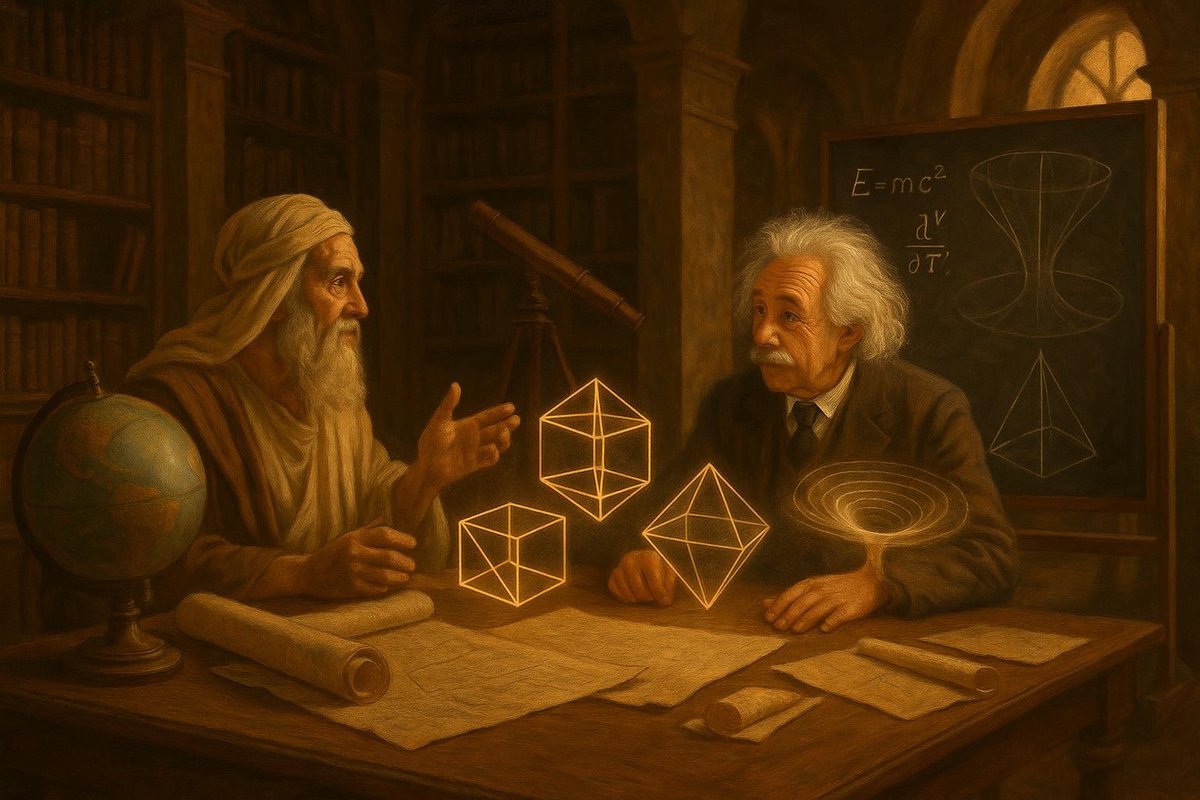
Unpacking the Dimensions of Reality
What do dimensions reveal about the true nature of our universe? It’s a question that seems simple at first glance, but like peeling back the layers of an onion, each layer reveals more complexity. Consider the phenomenon of how we perceive a three-dimensional world yet exist in a universe potentially brimming with many more.
Historically, our understanding of dimensions has been largely shaped by scientific milestones. From the Euclidean geometry of ancient Greece, which confined us to the three dimensions of space, to Einstein’s revolutionary addition of time as a fourth dimension, our grasp of reality has expanded. However, these are not just scientific musings but philosophical provocations that tug at the fabric of what we know.
• Early concepts of dimensions were limited to linear and planar interpretations.• This changed dramatically with Einstein’s theory of relativity in the early 20th century.• The advent of string theory proposes up to 11 dimensions, challenging our perception of reality.
As these scientific ideas evolved, they mirrored and influenced cultural landscapes fascinated by what lies beyond the observable. Our historical context, from the Renaissance’s embrace of perspective in art to the technological age’s digital realms, has shaped our readiness to accept—or question—these dimensions.
Surprising Facts About Our Dimensional Universe
Interestingly, many people believe dimensions are merely numbers used to describe spaces, but there’s much more beneath the surface. The idea that our universe might have more dimensions than we can perceive is not only scientifically intriguing but philosophically profound. For instance, consider how a two-dimensional being perceives a three-dimensional object—only as a series of flat shapes.
• Imagine a world where beings only understand length and width. A sphere would appear as a growing and shrinking circle.• Now, apply this to our understanding of additional dimensions—what might we be missing?
This analogy isn’t just amusing; it’s a humbling reminder of the limitations imposed by our perception. It forces us to ponder the unseen elements of our universe. As string theory suggests, extra dimensions might influence the fundamental forces of nature. These hidden realms could contain the answers to many scientific mysteries, sparking debates and curiosity among scientists and philosophers alike.
What Science Tells Us About Dimensions
What does contemporary science say about dimensions that our ancestors could only dream of? Today, the tapestry of dimensional theory is woven with contributions from various fields. While many of us are familiar with three spatial dimensions (length, breadth, height) and time as the fourth, theories like string theory propose many more.
• According to string theory, there could be up to 11 dimensions, with the additional ones being compactified or hidden.• Look at how these dimensions are theorized to be curled up in tiny, imperceptible ways.
These scientific notions not only push the boundaries of physics but also invite philosophical contemplation on the nature of truth and reality. What is real if unseen dimensions influence our universe? Does it alter our understanding of existence itself? As Carl Sagan eloquently highlighted, “The cosmos is within us. We are made of star-stuff. We are a way for the universe to know itself.” These hidden dimensions might just be another facet of the universe’s attempt to understand itself.
What It Means for Us and Our Perspective
So, what does this multidimensional reality mean for us as individuals and as a society? It’s not just about scientific exploration but also about how these discoveries reshape our worldview. Dimensions challenge our notions of perception, existence, and our place in the cosmos.
• Consider the philosophical implications of living in a universe beyond our sensory grasp.• Could understanding these dimensions lead to a deeper connection with the universe?
As time goes on, the possibility of additional dimensions encourages a more open-minded approach to both science and philosophy. It invites us to question the limits of our understanding and to embrace the unknown with curiosity rather than fear. In a way, dimensions invite us to redefine truth itself—moving from a static concept to one that is dynamic and ever-evolving.
Ultimately, the exploration of dimensions is more than a scientific pursuit; it’s a call to expand our horizons, to dream beyond what we see, and to accept that reality is far more intricate than our current comprehension allows.
Fuel Someone Else’s Curiosity
Now that you’ve taken this journey into the hidden dimensions of reality, why not share these insights with a friend, a colleague, or even a stranger? Spark a conversation, fuel a debate, or simply enjoy the shared wonder of this universe we call home. After all, sharing knowledge is the best way to deepen our understanding and foster a community of lifelong learners. Let’s keep the flame of curiosity burning bright!

Leave a Reply